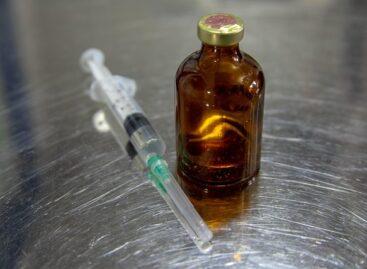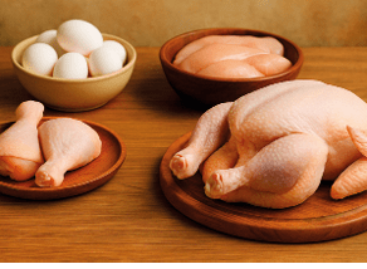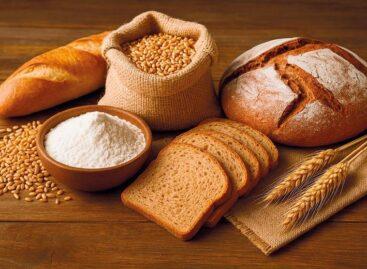Pandemics and rising input prices hit the poultry sector
The world’s poultry meat production has been developing dynamically in the last two decades, with an average annual growth rate of 5 percent. Experts predict that this trend will continue in the next ten years as well. Hungary is the 8th biggest poultry meat producer in the European Union, with a 4-percent market share. In the last few years Hungary’s egg-laying chicken population increased a little. At the moment 84 percent of chickens are bred using EU-compatible caged farming method, 14 percent come from other types of breeding and 2 percent come from free-ranging and ecological farming.
The closure of the HoReCa sector entailed over-production

Dr. Attila Csorbai
president-director
Poultry Product Council
Last year the Hungarian broiler industry’s output was 700,000 tonnes and 1.1-1-2 billion eggs were produced. The value of annual production was HUF 250-280 billion, but this sum is even bigger if liver, feather and other products are also considered. Dr Attila Csorbai, president and director of the Poultry Product Council pointed it out that the closure of the HoReCa sector caused major problems in the poultry segment. A relative over-production occurred and prices dropped because of this.
Operating costs are too high to invest in development
90-95 percent of the poultry sector is Hungarian-owned and it employs 50,000-60,000 people. Each segment of the poultry industry realises considerable revenue from export, which represents 37-38 percent of their total sales. The president of the Poultry Product Council revealed that the grants available for the modernisation of poultry farms are welcome, but due to the drastic increase in product costs it can’t be told how many companies will be able to invest in technological development. //
There is still pressure, but things are looking a bit better now

András Muzsek
president
Hungarian Turkey Association
Last year the sales revenue and the profitability of the turkey sector reduced due to the coronavirus pandemic. Not only the sales drop in HoReCa and export markets hit turkey farmers, but also the reduction in purchasing prices and the increase in production costs – explained András Muzsek, president of the Hungarian Turkey Association. Hungary makes up for 4.7 percent of the EU’s turkey production with 97,000 tonnes per year; half of this quantity is exported. Our per capita turkey consumption is stagnating at 4kg/year. Hungary is lagging behind in the European competition, as many important turkey breeding countries have started producing more and this created an oversupply. Mr Muzsek believes that structural changes ought to be made in the Hungarian turkey sector to improve the general situation. Production costs need to be reduced, the product portfolio must become more innovative and turkey meat has to be popularised. //
The above article has also been published in Issue 2021/12-01 of Trade magazin.
Related news
The rate of submitted reports has not improved for antibiotic-containing preparations used in farm animals
🎧 Hallgasd a cikket: Lejátszás Szünet Folytatás Leállítás Nyelv: Auto…
Read more >Cautious consolidation on the market after a demand-driven period
🎧 Hallgasd a cikket: Lejátszás Szünet Folytatás Leállítás Nyelv: Auto…
Read more >The HORECA sector joins forces with Alimentaria+Hostelco to mark the future of hospitality
🎧 Hallgasd a cikket: Lejátszás Szünet Folytatás Leállítás Nyelv: Auto…
Read more >Related news
Layers of problems
🎧 Hallgasd a cikket: Lejátszás Szünet Folytatás Leállítás Nyelv: Auto…
Read more >Replanning for export markets
🎧 Hallgasd a cikket: Lejátszás Szünet Folytatás Leállítás Nyelv: Auto…
Read more >






